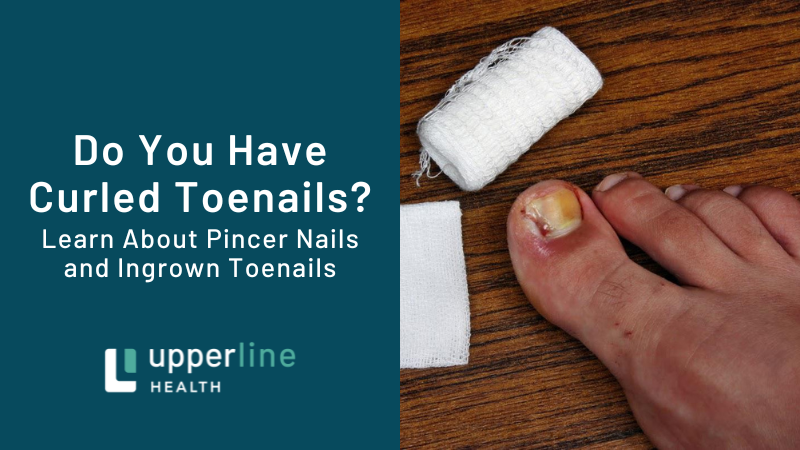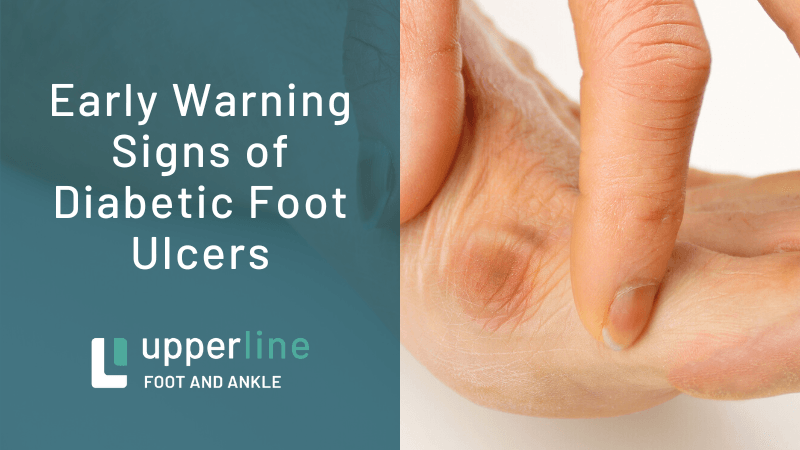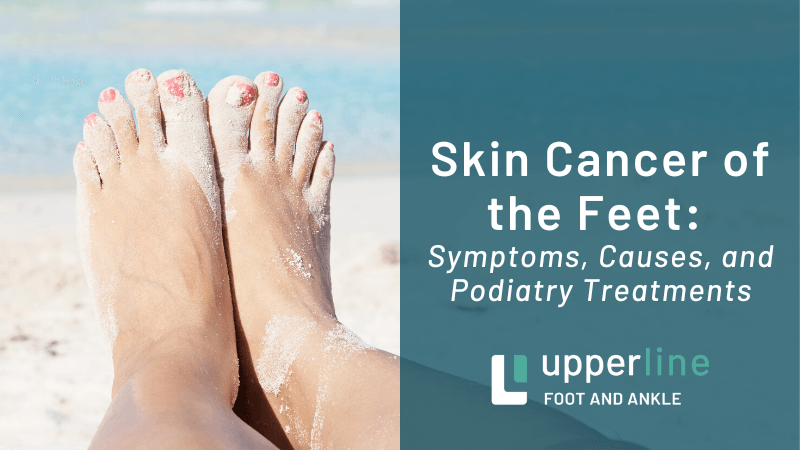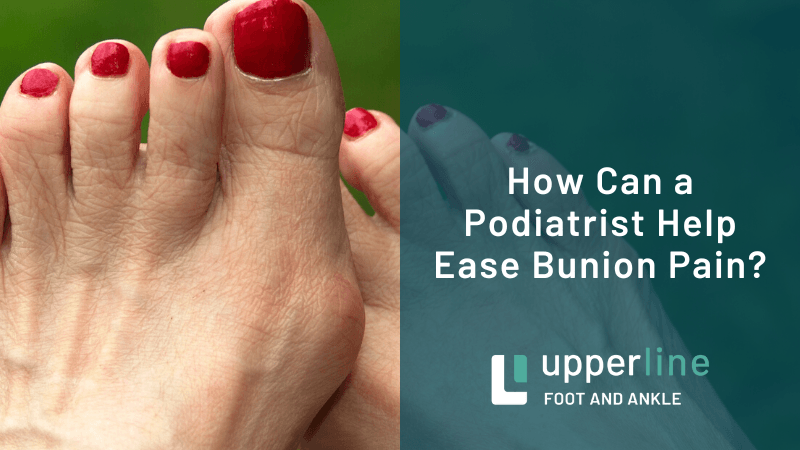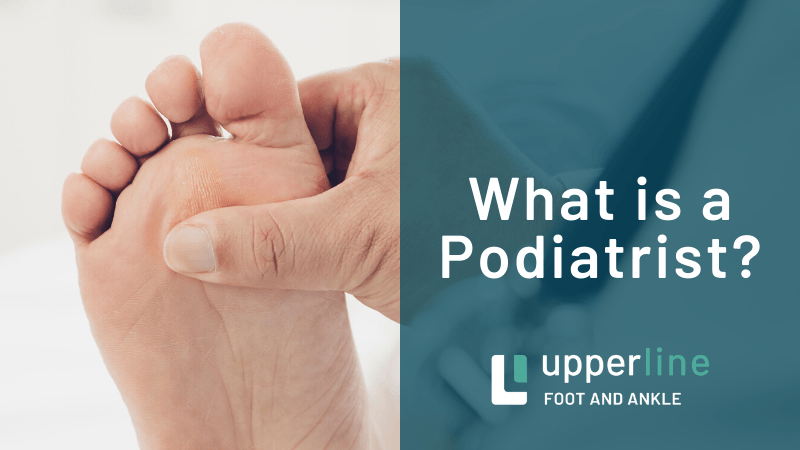4 Age-Related Changes That can Affect Your Feet

If you have developed a foot problem in your senior years, you have plenty of company. Many people aged 65 and older struggle with stiffness, pain, or other issues with their feet. Some of these issues occur due to decades of wear and tear, while others may stem from underlying age-related disorders.
You can stay on top of any age-related foot problems that may occur once you understand how and why these problems develop, as well as their common symptoms. Pay a visit to your podiatrist if any of the following four kinds of senior foot challenges start making trouble.
1. Changes in Foot Size and Shape
The feet that carry you around in your senior years may not bear a close structural resemblance to the feet of your youth. Many years of standing, walking, and athletic activity can cause the connective tissues in your feet to stretch, lengthen and loosen. These changes can allow your arches to flatten and your feet to spread out.
A lifetime of use can affect your foot's bones as well as their connective tissues. For example, prolonged or excessive pressure on the heels (especially in athletes or individuals who are overweight) can lead to painful bone spurs. If foot enlargement creates a tight fit in your shoes, you can also develop conditions such as hammertoe.
2. Changes in Skin or Fat Pad Thickness
As humans age, they naturally produce less collagen, the connective tissue that gives skin its resilience and thickness. This natural change can spell trouble for your feet. As the collagen supply dwindles, the skin on your feet may grow thinner and more fragile, making your feet more vulnerable to blisters and ulceration.
Feet that see regular use commonly maintain a protective, cushioning fat pad along their underside surfaces, most notably the heels. If age-related changes cause you to lose some of this cushion, you may experience chronic discomfort when you bear weight on your feet. Your podiatrist can ease this discomfort by prescribing custom orthotic inserts.
3. Changes in Joint Mobility
Osteoarthritis typically affects individuals as they age, although joint damage or overuse can also cause the condition to appear earlier in life. Years of weight-bearing pressure, combined with the sheer number of joints in the feet, can result in the cartilage loss, pain, and stiffness associated with this degenerative disorder.
Seniors who experience mobility problems in their feet or ankles face an elevated risk for balance problems and falls (which in turn can produce even more debilitating fractures). If you can't get around well because of arthritic feet, your podiatrist can recommend treatment options ranging from exercise and medication to surgery.
4. Changes in Blood Flow or Nerve Function
Systemic health problems such as kidney disease, congestive heart failure, and liver disease become more common with age. For this reason, many seniors suffer from impaired circulation. Circulatory trouble in the feet can cause them to swell up or take on a purple tint.
Circulatory problems in your feet can also contribute to toenail problems. This relationship may explain why many older adults have chronic or recurring fungal toenail infections along with other signs of circulatory trouble. Fungal infections (and age-related hormonal changes) can cause toenails to grow thick, cracked, or discolored.
Additionally, your risk for diabetes may rise as you grow older. The elevated blood sugar that occurs with diabetes can damage the many delicate blood vessels that serve your feet, impairing circulation. It can also damage nerves, often producing numbness that might make sufferers unaware of foot wounds and infections that require treatment.
If a systemic condition has caused such problems in your own feet, you may need to work with your primary care provider or a specialist to get that underlying issue under the best possible control. Regular exercise can also help to boost blood flow in your feet. If you have nerve damage in your feet, inspect your feet regularly for injuries.
Upperline Health California can help you give your aging feet the extra care necessary for healthy, comfortable function. Contact us to learn more.

